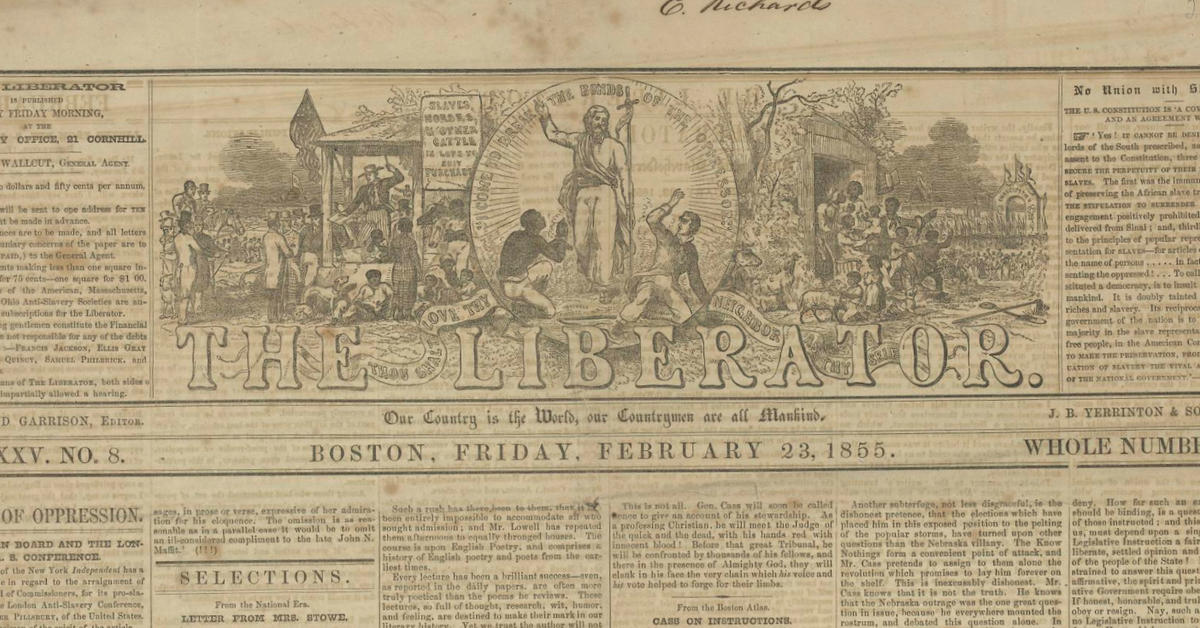Back to: History JSS 1
Welcome to class!
Hello, my amazing JSS 1 student! I’m so glad you’re back for another exciting journey into the world of history. Today, we’re going to talk about something super important for understanding the past: primary sources! These are like the “firsthand accounts” or “eyewitness reports” of history, giving us direct access to the past.
Primary Sources of History

Imagine you want to know what it was like to attend a traditional Nigerian wedding a hundred years ago. You could ask your grandparents, who might have heard stories about it. That’s helpful, but it’s like hearing a story secondhand. Now, imagine you found a photograph from that wedding, an old invitation, or even a piece of the wedding dress. These items are primary sources! They were created during the event itself, giving you a much closer connection to the past.
The Primary Sources
Primary sources are the raw materials of history. They’re the clues that historians use to piece together the story of humankind. They come in many different forms, and each one offers a unique glimpse into the past.
Ancient Writings

Let’s look at some examples. Think about ancient writings. These could be carved on stone tablets, written on papyrus scrolls, or even painted on cave walls. The hieroglyphics of ancient Egypt, the cuneiform writing of Mesopotamia, and the rock paintings in the caves of Nigeria are all examples of primary sources. They tell us about the beliefs, practices, and daily lives of people who lived long ago.
Artifacts
Another type of primary source is artifacts. These are objects made by people in the past. Think of tools, pottery, weapons, jewelry, or even clothing. If archaeologists dig up an old pot in your village, that pot is an artifact. It can tell us about the people who made it, how they lived, and what they valued. For example, a beautifully decorated pot might suggest that the people who made it were skilled artisans and appreciated art.
Oral Traditions
Oral traditions are another important type of primary source, especially in cultures where writing wasn’t widely used. These are stories, songs, poems, and other forms of information that are passed down from generation to generation by word of mouth. Folktales, myths, and legends are all examples of oral traditions. They can tell us about the history, beliefs, and values of a community. For example, the stories of the Yoruba Orishas are part of the rich oral tradition of the Yoruba people.
Official Documents

Official documents are also primary sources. These are documents created by governments, organizations, or individuals in an official capacity. Think of treaties, laws, birth certificates, marriage licenses, letters, and diaries. These documents can provide valuable information about political events, social conditions, and personal lives. For example, a letter written by a Nigerian soldier during World War II would be a primary source about their experiences.
Visual Records
Visual records are another category of primary sources. These include photographs, paintings, drawings, maps, and films. They can provide a visual representation of the past, showing us what people looked like, what places were like, and what events occurred. For example, an old photograph of your town square can show you how it has changed over time.
Now, let’s think specifically about Nigeria. What are some examples of primary sources you might find related to Nigerian history? Think about the bronze castings of Benin, the Nok terracotta sculptures, the Igbo-Ukwu artifacts, or the ancient city walls of Kano. These are all primary sources that tell us about the rich history and artistic traditions of different Nigerian cultures.
Summary
It’s important to remember that primary sources can be fragile and rare. They need to be carefully preserved so that future generations can learn from them. Historians have a responsibility to protect these sources and use them responsibly.
So, primary sources are like time capsules, giving us direct access to the past. They are essential for understanding history and learning about the people who came before us.
Evaluation
Now, let’s see what you’ve learned. Can you give me three different examples of primary sources and explain why they are considered primary sources? Think about your own community. What kinds of primary sources might you find there?
Excellent work! You’re becoming a real history detective! I’m so impressed with your understanding of primary sources. Remember, these sources are the key to unlocking the secrets of the past, and I’m excited to continue this journey of discovery with you in our next lesson!
